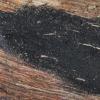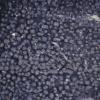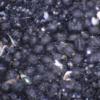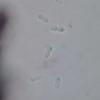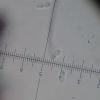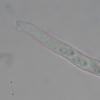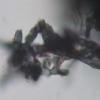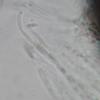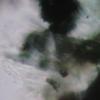
20-12-2025 23:08
Patrice TANCHAUDBonsoir, récolte sur sol sablonneux dans l'arri�

21-12-2025 09:32
Hello.A tiny ascomycete found embedded in wood in

20-12-2025 15:47
Mirek GrycHi.These grew on pine wood that was heavily covere

18-12-2025 21:17
Pol DebaenstThe identification took me to Byssonectria deformi

15-12-2025 07:09
 Danny Newman
Danny Newman
indet. Rutstroemiaceae sp. on unk. fallen leavesMc

19-12-2025 10:10
Patrice TANCHAUDBonjour, récolte réalisée en milieu dunaire, a

18-12-2025 17:23
 Bruno Coué
Bruno Coué
Bonjour,je serais heureux d'avoir votre avis sur c

18-12-2025 18:07
Margot en Geert VullingsThese plumes were found on rotten wood.They strong
I've received photos and descriptions of two ascomycetes that are troubling me a bit. The first one shows some similarities with Byssolophis but I think Byssolophis species should have larger ascospores... So maybe it's something else? Here's a short description:
On wood of a dry, decorticated branch of probably Castanea, 3 cm in diameter.
The ascomata are small, +- spherical and have a slit-like ostiole. They sit on a black subiculum. The asci are uniseriate, negativ in Lugol and measure about 45-55 x 4-5 µm. The ascospores are hyaline and have one transverse septum at which they are strongly constricted. They measure about 5-7(8) x 3 µm. The hamathecium consists of long, filiform elements.
Thanks for any help!
Best wishes,
Gernot
LG, Walter
nachdem mein Internet vor zwei Tagen komplett den Geist aufgegeben hat, kann ich nun endlich antworten. Anteaglonium passt sehr gut, vielen Dank! Mit dem Schlüssel in Boehm et al. (2009) kommt man aufgrund des Subikulums/Tomentums zu A. globosum. Ein grünes Pigment ist in KOH auch zu sehen (siehe angehängtes Foto der Finderin).
Schöne Grüße
Gernot
Typical A. globosum, exactly.
Alain
Best wishes,
Gernot

